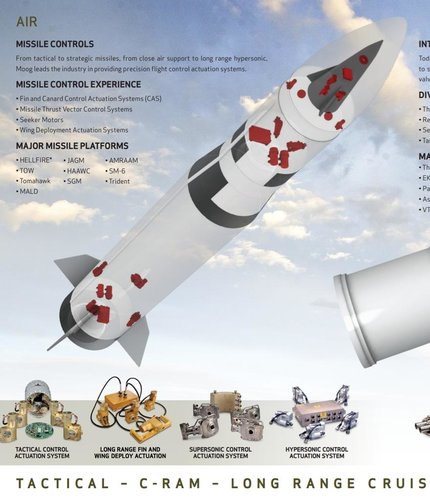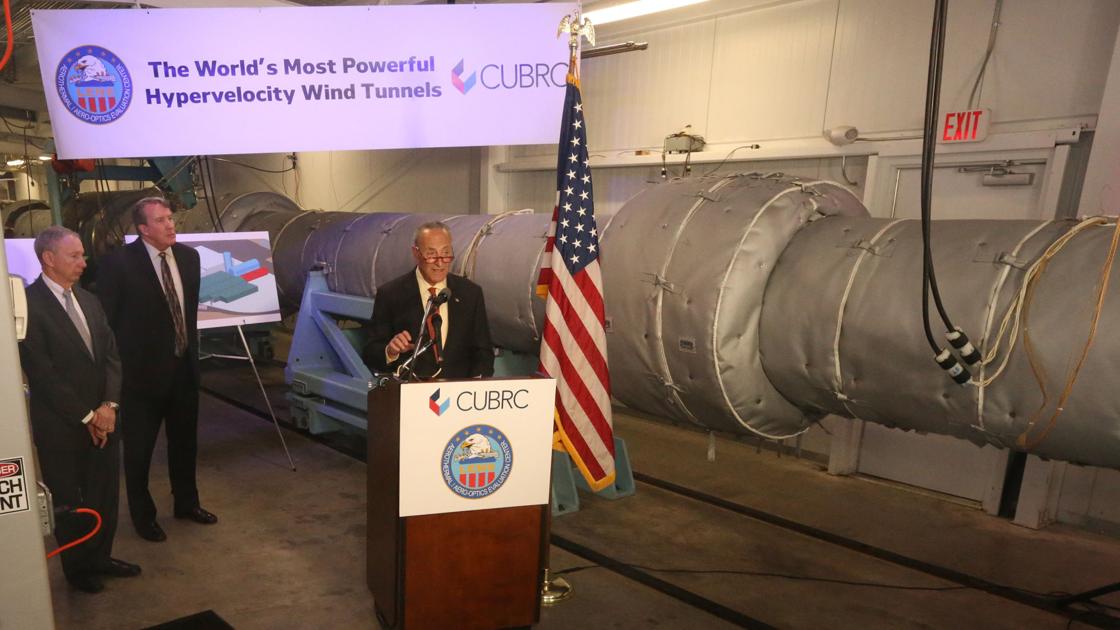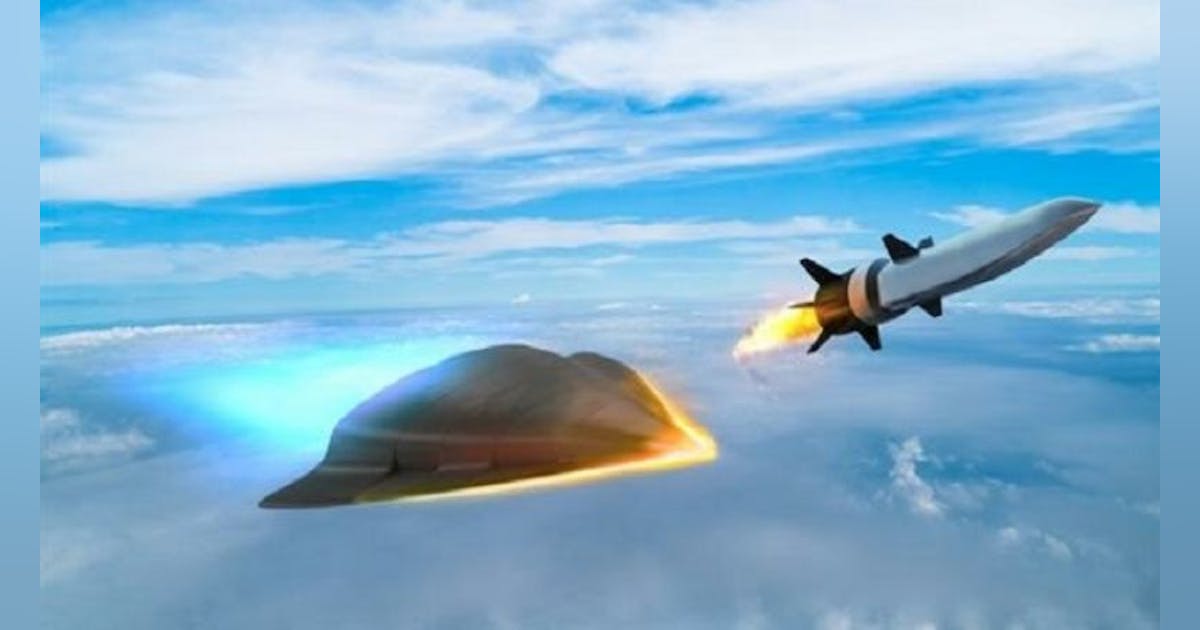General Atomics subcontracted to build common hypersonic glide body.
http://www.ga.com/general-atomics-a...nufacture-of-hypersonic-glide-body-prototypes
http://www.ga.com/general-atomics-a...nufacture-of-hypersonic-glide-body-prototypes
General Atomics Electromagnetic Systems (GA-EMS) announced today that it has been awarded a contract from Dynetics Technical Solutions (DTS) for the manufacture and production of subassemblies for the Common Hypersonic Glide Body (C-HGB).





